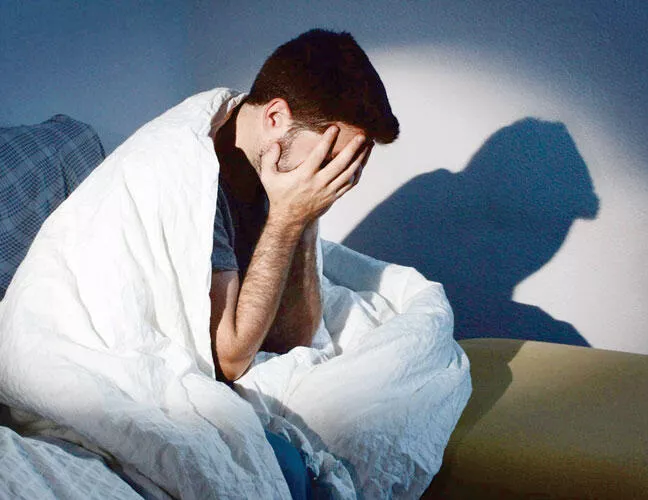Treatment for wakefulness and sleep disorders includes a variety of methods that help you get a better night’s sleep. These include modifying sleep habits, medication, and other treatments.
Symptoms of sleep disorders often go away when people change their sleep habits. Keeping a sleep diary and checking with your healthcare provider can also be helpful.
Cognitive Behavioral Therapy (CBT)
CBT is a short-term treatment that teaches people specific skills to change their thinking and behaviors. It can be used to treat a range of mental health problems, including anxiety and depression.
CBT focuses on current distressing thoughts and behaviors and how they are affecting a person’s everyday life. Unlike psychoanalysis, it does not spend a lot of time on past events.
The main therapy aims are to teach people to recognize their negative thoughts, challenge them, and replace them with more adaptive ones. This involves identifying the situation that makes the thought occur and then questioning the evidence for it.
For example, if someone has the belief that they will be tired the next day if they don’t get enough sleep, a therapist may ask them to try and generate energy by going for a walk or talking to a friend.
Cognitive-behavioral therapy is usually used with patients who suffer from insomnia and other sleep disorders. It can help people change their habits, such as avoiding alcohol or caffeine, ensuring they have a regular bedtime, and developing good sleep hygiene.
Sleep Restriction Therapy
Sleep loss is a major health concern that impacts a person’s mental and physical performance. It can lead to memory impairment, personality changes, depression, irritability, and slow reaction times.
People who have trouble falling asleep and staying asleep may benefit from sleep restriction therapy. The treatment limits time spent in bed to a specified window, usually measured in minutes.
As the window narrows, people are allowed to spend longer periods of time in bed, but only as long as they are able to sleep soundly. This is done to improve their average sleep efficiency, which is the percentage of time slept divided by the time spent in bed.
This is an extremely effective method, but it requires dedication and discipline to be successful. A patient who can adhere to this method generally notices improvements in sleep latency, nighttime waking, and sleep efficiency within the first week of treatment.
Medications
Medications may be prescribed to improve wakefulness and sleep in certain cases. These include Modafinil and Armodafinil stimulants. A nootropic medication called Modalert helps the brain function. It is well recognized to enhance learning, memory, and other neural processes as well as concentration. Along with helping with cognition, Modalert Tablet can also improve blood flow to the brain and safeguard cellular structures. But it also has some negative effects.
The tiredness brought on by narcolepsy, shift work sleep disorder, or obstructive sleep apnea is treated with the medication Waklert 150 Australia. A recent survey of Canadian child and adolescent psychiatrists documented prescribing preferences for a variety of medications used to manage sleep disturbances in children and adolescents with depression. The findings are helpful in advancing knowledge about commonly used pharmacologic treatments for this population. However, more empirical evidence is needed to determine the efficacy, tolerability, and short- or long-term safety of these medications.
Remaining Passively Awake (RPA)
In this type of treatment, patients are encouraged to sleep in a quiet, dark, cool room. They may also be given earplugs or blackout shades.
Insomnia and other wakefulness disorders are often associated with a variety of medical conditions or mental health issues. This can make it difficult for individuals to get the right amount of sleep at the right time.
Remaining passively awake (RPA), also called paradoxical intention, can help people overcome insomnia by removing the anxiety that is associated with trying to sleep. This technique can be used to treat a number of different disorders, including REM sleep behavior disorder and advanced sleep phase disorder.
Remaining passively awake is also a useful tool for managing restless leg syndrome. This condition occurs in 5% to 15% of adults and is associated with periodic limb movements during sleep. It is idiopathic or is a symptom of iron deficiency, peripheral neuropathy, uremia, pregnancy, or other medical conditions.

